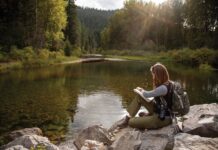“Watercolor is alive,” says Brazilian watercolorist Eudes Correia. “It works in harmony with the artist. You take one step, it takes two. Watercolor is versatile, dynamic, dries quickly, and is easy to clean. If you carry a small case, two brushes, a pad of paper, and water, anywhere can become your studio: a café, a restaurant, an airplane seat, an airport. There are no limits. You can register an interesting place in a few minutes.
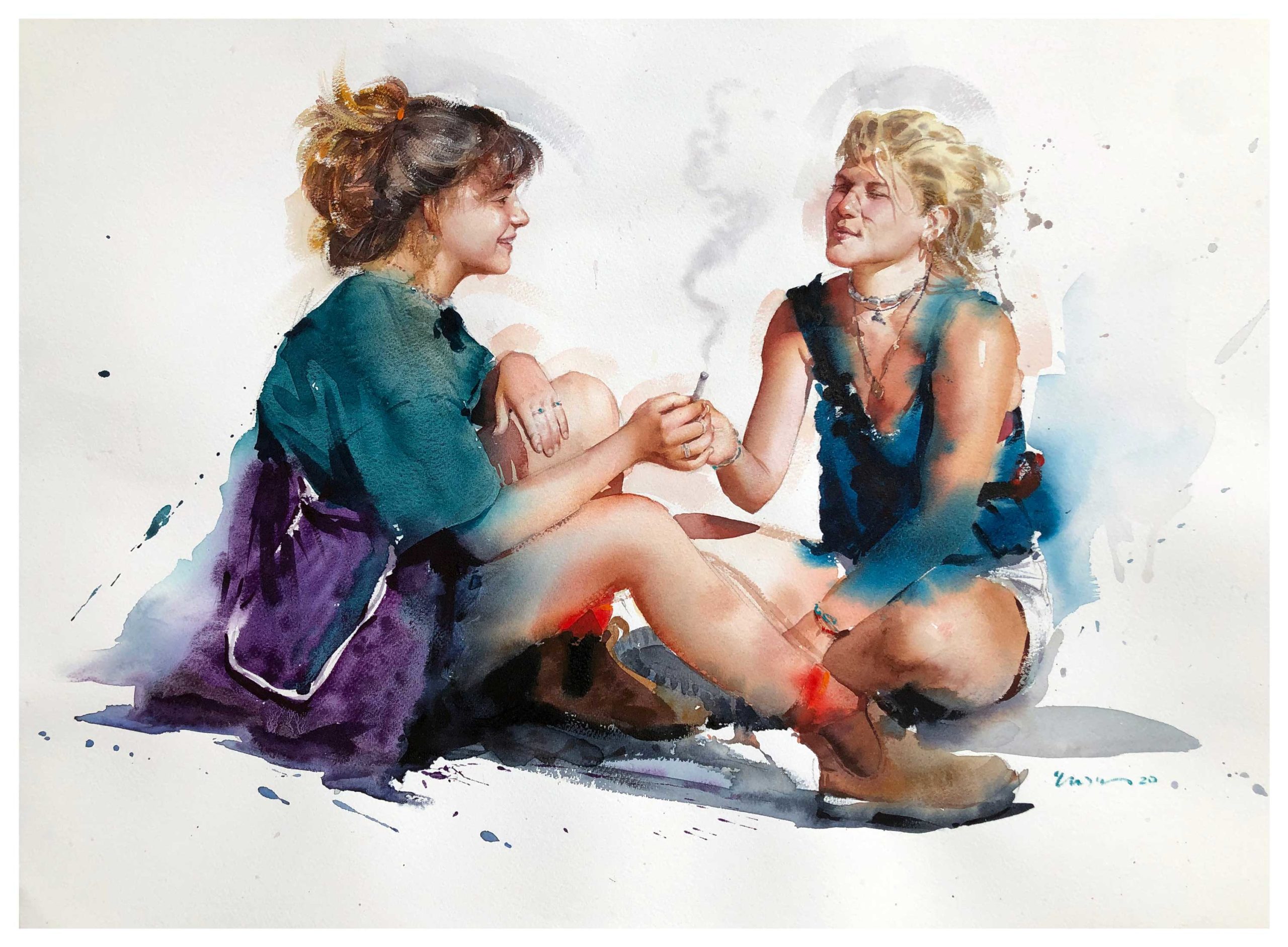
WATERCOLOR PAINTING PROCESS
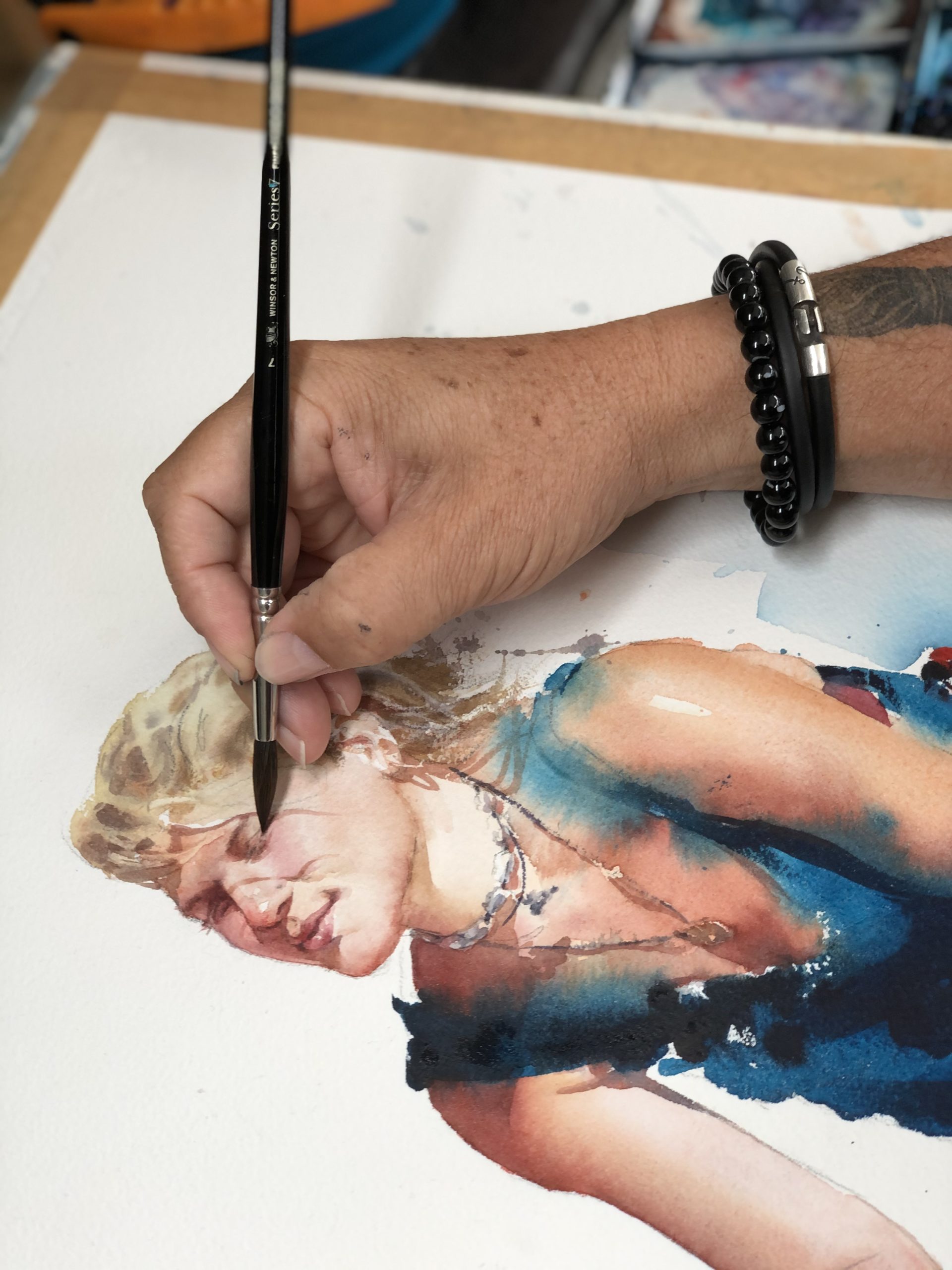
- My work starts when I go to the streets to do a plein air painting; I draw sketches and take pictures. It’s in these moments where I search for references. Lots of times, my paintings come from the pictures I took and lots of times from previous sketches I did.
- After that, I come back to my studio and select my materials. There, I separate everything I’d like to paint. I put everything in a computer folder and when I feel like painting it, I just choose whatever attracts me more at that moment.
- I often make small studies to search for a few solutions in compositions and, other times, I start to paint right away. Usually, the best paintings, and the most expressive ones, are the ones with no previous planning.
- I do a little pencil sketch. I trace every line from the most notorious, to the little details, always trying to keep the paper as clean as possible.
- Next, I begin to paint. I make the first layer more freely, I use lots of water, and it’s in this time where I try to be as free as possible, the most expressive as possible. In this first layer, I always seek to keep the colors connected and at low opacity, and at the same time try to create volumes and textures, preserving light.
- Then, I do a second and last layer, working on the shadows and details. In this step, I work more slowly. I start with a freer searching for shadows and contrasts and then I slow down and work on the little details on what I’m trying to focus on.

FINDING SUBJECTS
“Before Covid -19, I was participating in a worldwide watercolor meeting, in Torres Vedras, Portugal. At that moment I was talking with three other artists in a free market. Among artists, whenever we see a scene that has to do with the style of any of us, we call each other’s attention to that scene.
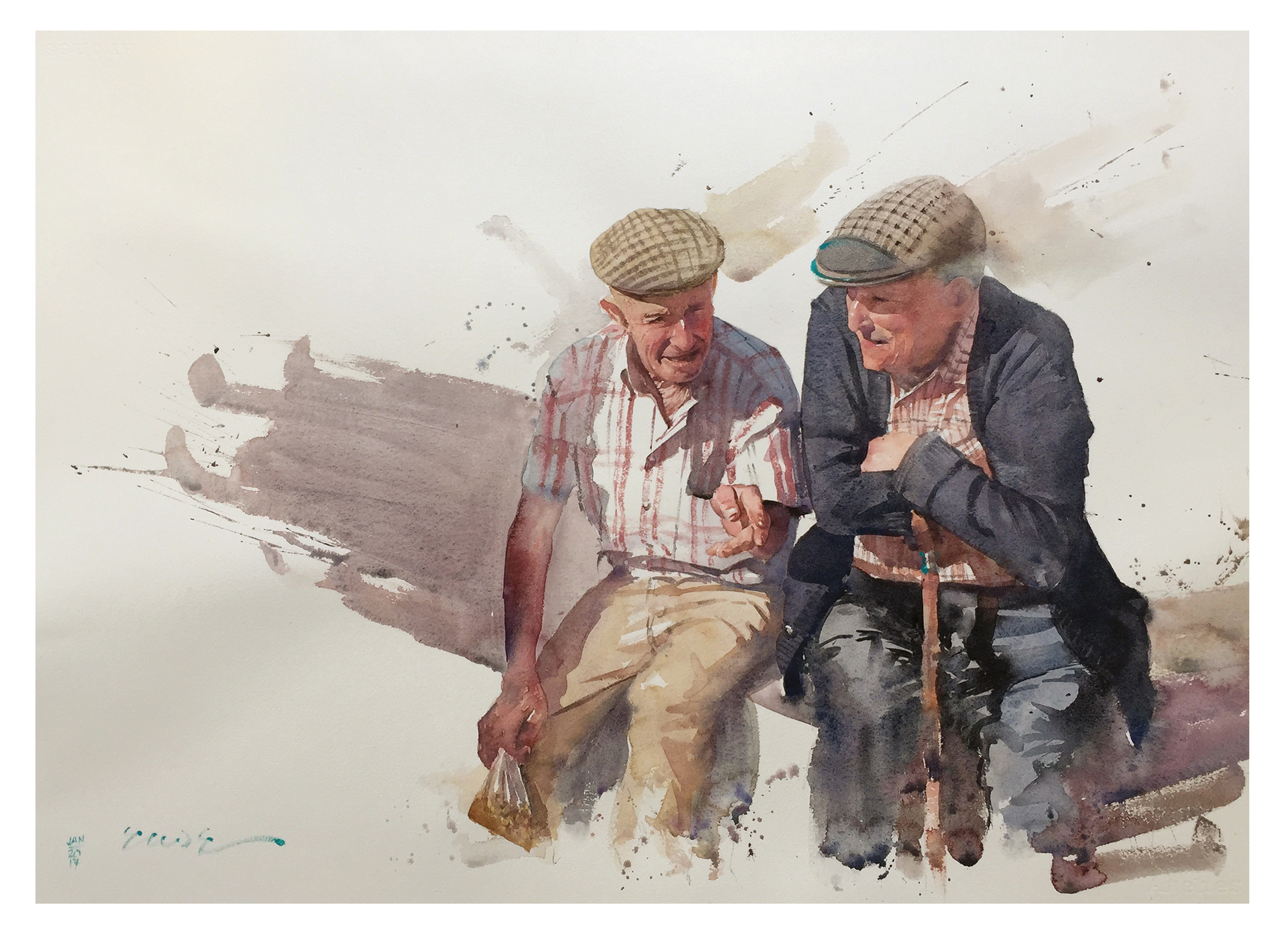
“These two gentlemen were talking and smiling, so one of my friends caught my eye and said: Eudes, look at your theme behind you. I watched the two talk, they smiled and were telling interesting stories between each other. I imagine that their friendship was many years long. They were very intimate. So I took a picture of them, without them noticing, to record the scene in the most natural way possible. Then I asked them for permission to take a picture, so I took one more. But I used the candid photo to make the painting.

ADAPTING TO COVID RESTRICTIONS
“When COVID-19 hit I had to think of a new way to continue my work. Before, my job was to travel to participate in exhibitions and workshops. I was always meeting new people and experiencing new cities, new countries, and new cultures. Most of my works were fruits of these trips.
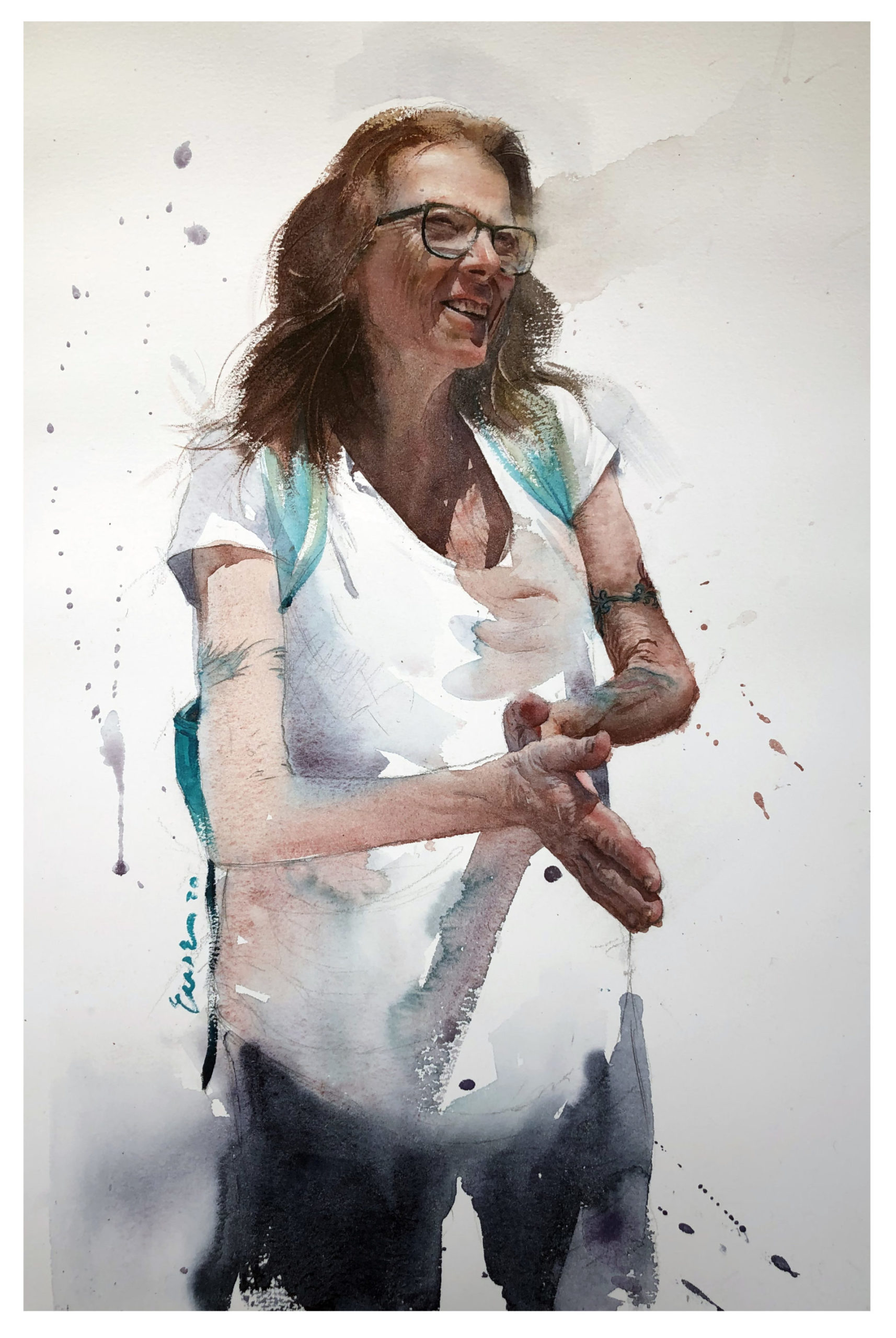
“Because of this pandemic, all of my events this year have been canceled. I was forced to stay at home like most people. In the first months I made it a time for myself, to enjoy my home, my family. But then that time went on and I had to start looking for new ways, discovering new solutions for my work. The internet is a great ally, as it allows us to be connected and keep in touch with people from all over the world. I started to explore the internet more; I took online courses and invested in my website and other media. The world stopped, we found ourselves stranded and during that time I was able to rethink my life, make new plans and put them into practice.”

Connect with Eudes Correia:
For more inspiring stories like this one, sign up for our free weekly e-newsletter.

